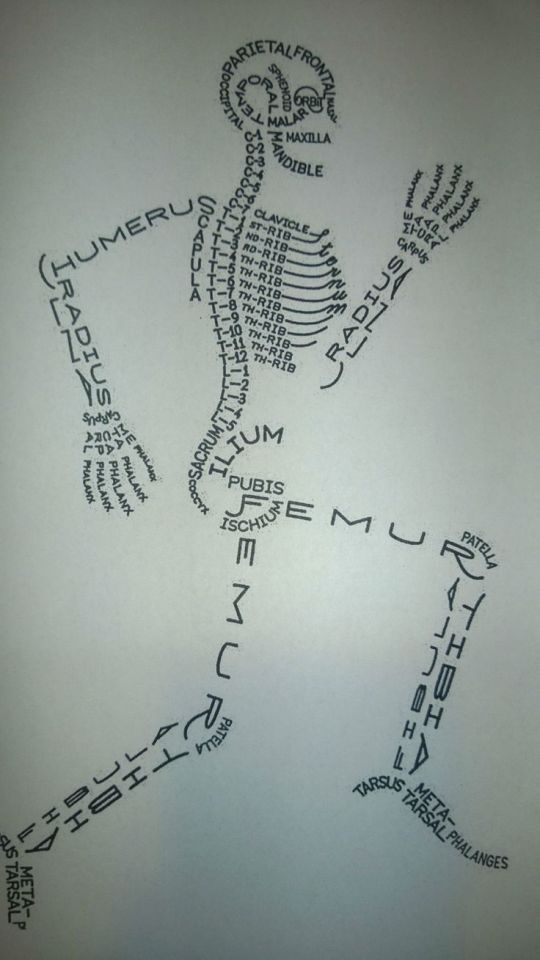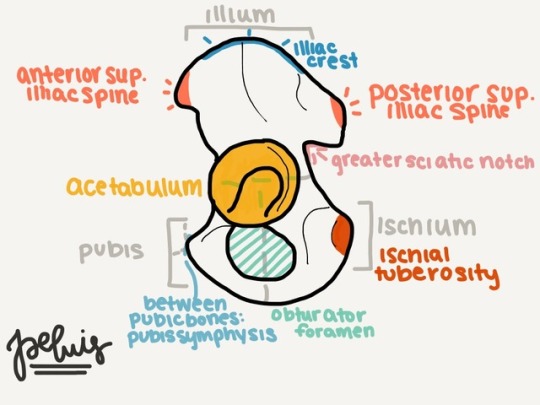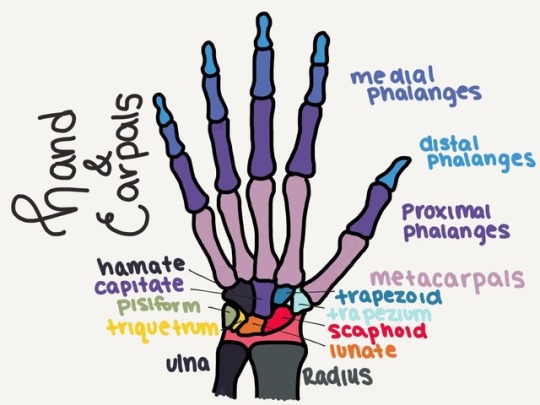Text
Hey everybody,
Im currently in college so im in need of some extra cash. I will really appreciate if y'all checked out my Mercari account and buy some things from me. I'm very negotiable with everything I sell!
Thank you ❣️
Mercari : alejandra1913
4 notes
·
View notes
Text
videos to watch if you need motivation
here’s a vlogtober from 2016
a 15 hour study with me
a Christmas study with me
I’ll show you how valuable Elle Woods can be! Scene
how to stay motivated to revise for exams
university busy week vlog
another study with me!!!
watch this if you’ve been rejected by your dream school/job (particularly oxbridge, but applicable to anything really) -> you can skip the interview experience if you want
how to get organised and motivated
studying for the duration of a cup of tea
how to get stuff done
note-taking tips
4K notes
·
View notes
Photo

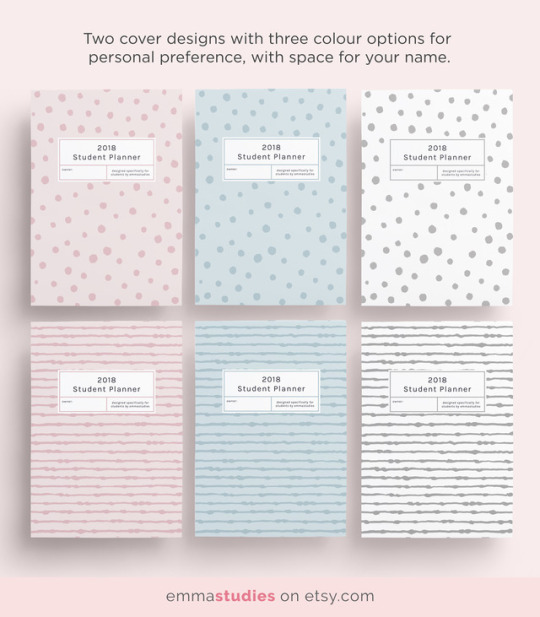

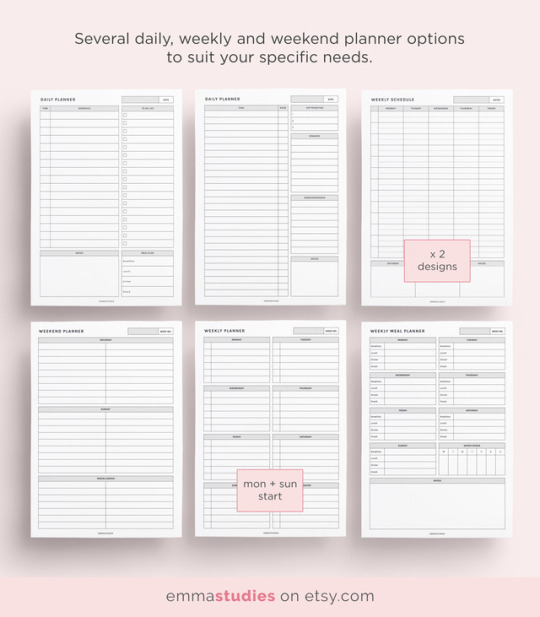



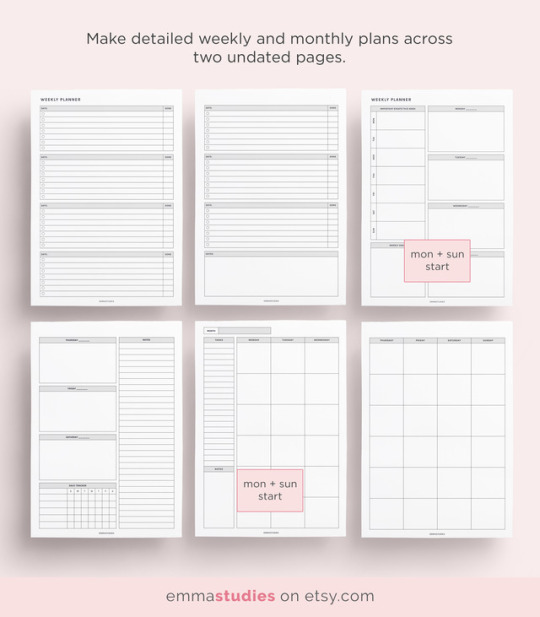

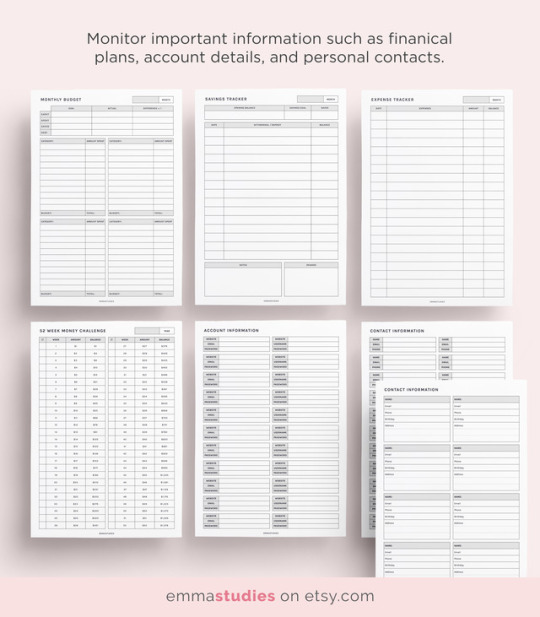
2018 Student Planner Printable Pack
Super excited to have published my first proper planner for 2018! I’ve made it to include 85 pages of content which are going to help you in organising, planning and improving your grades!
It is an instant download purchase so you have the planner immediately and can use in any way you want! Either in a discbound planner, as individual pages or bound together.
It includes 3 files: A4, A5 and letter to suit your needs!
I hope you guys like it! I’d love to hear your thoughts!! xxx
Download from this link!
PS: You can get 10% any purchase using ‘student10′! :-)
4K notes
·
View notes
Text
little goals for the new year
“one day or day one?” start learning a new language and try to stick with it. better to do less regularly than big study sessions once per week!
buy yourself an art notebook and fill it during the year with doodles and drawings
meet with old friends and acquaintances who might become friends
keep a journal and regularly write about your day
appreciate the little things in life: the snow lying outside, the scent of flowers, the little smiles on people’s faces
make it a habit to start your assignment as soon as you get it; it saves you from so much stress!!
more cozy study dates in cafes
don’t buy too many books while still having to read all the ones you bought last time, otherwise, you’ll be overwhelmed soon enough
reach out to people online and make more friends, a lot of people on here are extremely nice and welcoming!!
look at the sky more often
don’t dwell on the past too much, what’s done is done, try to grow from it
buy more little things that make you happy, such as candles, bath bombs or stationery
go for a walk at least once a week, especially if you live in the city
accept that it’s okay to ask for help, in school and in personal matters!!
11K notes
·
View notes
Quote
You wish to reform the world: reform yourself, otherwise your efforts will be in vain.
St. Ignatius
(via wnq-anonymous)
5K notes
·
View notes
Text
Reblog or your mom will die in 928 seconds.
I love my mom.

I am risking nothing

I AM SORRY FOLLOWERS, I LOVE MY MOMMY
Will not risk.
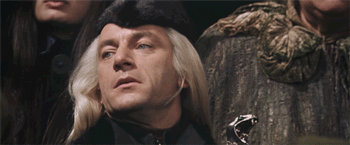
sorry followers :(
5M notes
·
View notes
Text
How to Study for Anatomy
Start by watching Anatomy Atlas Videos.
Then open an actual Atlas, and study the names.
Ask yourself why each and every muscle is named that way, it helps with memorization. I usually google anything like “colli etymology” and it will tell me why it was named that way! :)
After that I like to make lists. For example: while studying the shoulder region, number the groups of muscles, so that when you try to recall them you don’t forget any of them.
Same can work, say, if you’re studying features of one bone.
Another technique I like to use is to make up stories. For example: the brachial plexus divisions.
While studying where each branch originates, I imagine that each nerve has its own personality and likes to pick a specific nerve root; and that’s why it’s the way it is! :)
This post was submitted without a blog to go with it, so we are posting through studyblrsubjects. But if you want to submit, please do so by posting on your own blog and then sending us the link in the submission box rather than pasting your post into the submission box.
291 notes
·
View notes
Text
Hormone Chart because I love you guys
Preliminary information: The pituitary is secretly 2 things, the Adenohypophysis and the Neurohypophysis. The Adenohypophysis is NOT directly connected to the hypothalamus however it does receive hormones via the hypophyseal portal system (it’s a bunch of capillaries). The Adenohypophysis is also known as the ANTERIOR BODY of the pituitary gland. The Neurohypophysis IS directly connected to the hypothalamus via the infundibulum and isn’t actually a true gland. It makes ZERO hormones, and is mostly made of nerves. All the hormones it sends out are actually made by the hypothalamus. It is also known as the POSTERIOR BODY of the pituitary gland. COOL STUFF BRO. You all should know by now that the hypothalamus makes up the walls and floor of the 3rd ventricle in the brain (assuming you guiz are in A&PI or II, and not a casual reader).
GOING TOP DOWN
Dopamine when it’s not doing it’s business in our brain and affecting how we feel and perceive things emotionally and is circulating around our body is also PROLACTIN-INHIBITING HORMONE. It’s made in the hypothalamus and inhibits the secretion of prolactin. This means it affects the adenohypophysis.
There are a series of other inhibiting or releasing hormones made by the hypothalamus, but it isn’t super key in API or II and it IS key to know that PRL Inhibiting hormone is also dopamine.
Antidieuretic Hormone (ADH) is made in the hypothalamus and sent to the neurohypophysis. Its target organ is the kidneys and its effect is water conservation.
Oxytocin is made in the hypothalamus and sent to the neurohypophysis. Its target organs are the mammary glands, uterus and the gonads. Its primary effect is contractions, orgasms. It also does bonding but that’s getting into neuropsychology and we’re not doing that here yo.
Adrenocorticotropic hormone is made in the adenohypophysis and its target organ is the adrenal cortex. Its primary effect is adrenal cortex hormone production and release.
Follicle Stimulating hormone is made in the adenohypophysis and its target organ is the gonads. Its primary effects are gamete production and testosterone production/release.
Growth Hormone is made in the adenohypophysis and its target organ is EVERYTHING, though primarily bones, at the epipheseal plates. It does growth.
Lutenizing hormone is made in the adenohypophysis and its target organ is the gonads. It works with FSH to do ovulation, corpus lutenum maintenance, testosterone and androgen production.
Prolactin is made in the adenohypophysis and its target organ is the mammary glands. It does lactation.
Parathyroid hormone is from the parathyroids and its target organ is bone. It releases calcium ions in cases of hypocalcemia.
Triiodothyronine (T3) is made in the thyroid follicular cells and it’s target organs are the cardiovascular system, the respiratory system, the nervous system and the digestive/excretory systems. It raises metabolism/ “Calorigenic effect”
Tetraiodothyronine (T4) is the same as T3, except it is the less active hormone. It’s the “travel” hormone and gets activated into T3 in different places.
Calcitonin is made in the thyroid’s C-cells and its target organ is bone. It deposits calcium in cases of hypercalcemia.
Epinephrine is made in the Adrenal Medulla and it’s target organ is EVERYTHING, IT’S ALSO A NEUROCHEMICAL. Its effect is sympathetic responses.
Mineralocorticoids are made in the Zona Glomerulosa of the adrenal cortex. Mineralocorticoids affect ion retention. An example is Aldosterone, which conserves Sodium ions. Its target organ is the kidneys.
Glucocorticoids are made in the Zona Fasiculata of the adrenal cortex and their target organs are muscle tissue and adipose tissue. An example is cortisol which does glucose metabolism.
Renin is made in the kidneys and it affects the kidneys and it is the first step in getting angiotensin to eventually be angiotensin II (it first converts angiotensin to angiotensin I). In the long term it raises blood pressure.
Erythropoietin is made in the kidneys and liver and it affects red bone marrow. Its effect is red blood cell production.
Calcitrol is made in the kidneys and it affects the small intestine. Its effect is calcium ion absorption from diet.
Insulin is made in beta cells in islets in the pancreas. It affects adipose tissue and muscle tissue. It’s effect is that it encourages glucose deposits into muscle and adipose tissue.
Glucagon is made in alpha cells in islets in the pancreas. It affects adipose tissue and muscle tissue. Its effect is that it encourages glucose release from muscle and adipose tissue.
240 notes
·
View notes
Photo

We have this really big bone test tomorrow in Anatomy, and since it’s Halloween and also a test about bones, our teacher is offering extra credit for anyone who wears clothing that’s bone related. Extra credit for Anatomy has never been so humerus.
331 notes
·
View notes
Text
OKAY IF ANYONE IS HAVING TROUBLE REMEMBERING THE HEART VALVES BY BLOOD FLOW LET’S JUST GET SHIT STARTED RIGHT NOW:
Toilet Paper My Ass
tricuspid
pulmonary
mitral
aortic
NEXT TIME YOU FORGET, JUST REMEMBER TO TOILET PAPER YOUR ASS. YOU’RE WELCOME, FUCKERS.
594 notes
·
View notes
Photo

Anatomical models in my biology laboratory 🔬👀
124 notes
·
View notes
Text
The Human Body-An Overview
Form and Function of A&P
Anatomy: study of the structure of body parts and their relationships
Physiology: Study of body parts’ functions and how they work
Principle of Complementarity of Structure and Function:
Function reflects structure
Structure’s capabilities depend on form
Levels of Structural Organization
Chemical: atoms comp.→molecules
Cellular: cells made of molecules
Tissue: groups of cells with common function and type
Organ: different tissues performing different function
Organ System: organs working together
Ex. Cardiovascular System: heart, blood, blood vessels
Organismal: made of organ systems
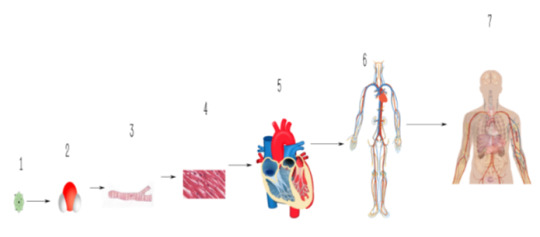
Organ Systems Interrelationships
Integumentary System: forms external body covering, protects deeper tissues from injury, synthesizes Vitamin D and houses cutaneous (pain, pressure, etc.) receptors and sweat/oil glands
Hair
Skin
Nails
Skeletal System: protects and supports organs, provides framework for muscles to move. Blood cells are made in bones. Bones store minerals
Bones
Joints (Articulations)
Muscular System: allows manipulation of environment, locomotion, and facial expression. Maintains posture and makes heat.
Muscles
Nervous System: fast-acting control system, responds to internal and external changes by activating muscles and gland
Brain
Nerves
Spinal Cord
Endocrine System: glands secrete hormones that regulate life processes, i.e. growth, reproduction, and metabolism
Pineal gland
Thyroid gland
Pituitary gland
Adrenal gland
Pancreas
Thymus
Cardiovascular System: blood vessels carry blood (carries oxygen, carbon dioxide, nutrients, wastes, etc.), heart pumps blood
Heart
Blood vessels
Lymphatic/Immune System: Picks up fluid leaked from blood vessels and returns it to blood. Disposes of debris in lymphatic stream. Houses white blood cells (lymphocytes) involved in immunity. Immune response mounts attack against foreign substances
Red bone marrow
Thymus
Lymphatic vessels
Thoracic duct
Spleen
Lymph nodes
Respiratory System: keeps blood supplied with oxygen and removes carbon dioxide. Gaseous exchanges occur through walls of air sacs of lungs
Nasal cavity
Pharynx
Larynx
Lung
Bronchus
Digestive System: breaks food into absorbable units that enter blood for distribution to cells. Indigestible=feces
Oral cavity
Esophagus
Liver
Stomach
Intestines
Rectum
Anus
Urinary System: eliminates nitrogenous wastes from body. Regulates water, electrolyte, and acid base balance of blood
Kidney
Ureter
Urinary bladder
Urethra
Male Reproductive System: production of offspring, testes make sperm and male sex hormone, male ducts and glands deliver sperm to female reproductive tract
Prostate
Penis
Testes
Scrotum
Ductus Deferens
Female Reproductive System: production of offspring, ovaries make eggs and female sex hormones, remaining structures serve as sites for fertilization and development of fetus, mammary glands make milk to nourish newborn
Mammary glands
Uterus
Vagina
Ovary
Uterine tube
Necessary Life Functions
Maintaining boundaries: internal environment remains distinct from external environment
Cellular level: accomplished by plasma membranes
Organismal level: accomplished by skin
Movement: locomotion, propulsion (peristalsis: internal movement) and contractility
Responsiveness: ability to see changes in the environment and respond to them
Digestion: breakdown of ingested foods
Metabolism: all chemical reactions in the body
Catabolism: breaking things down
Anabolism: building things up
Excretion: waste removal
Reproduction: cellular and organismal levels
Cellular: an original cell divides into 2 identical daughter cells
Organismal: sperm and egg unite to make a new human
Growth: increase in size of body (part)
Survival Needs
Nutrients: needed for energy and cell building
Water: provides necessary environment for chemical reactions
Oxygen: metabolic reactions
Normal body temperature: chemical reactions occur at life sustaining rates
98.6℉=37° Centigrade
Sum of all heat that all chemical reactions in your body produce
Sleeping=low temp
Exercise or fever=high temp
Atmospheric Pressure: required for proper breathing and gas exchange in the lungs
Homeostasis
Homeostasis: ability to maintain a relatively stable internal environment in an ever-changing environment
The internal environment of the body is in dynamic state of equilibrium
Chemical, thermal, and neural factors internal to maintain homeostasis
Control mechanisms: negative and positive feedback
Variables produce a change in the body
Three interdependent components
Receptor: “radar,” monitors environment and responds to changes (stimuli)
Control center: finds set point where variable is maintained
Effector: provides means to respond to stimuli
**Response isn’t always the same-the body wants subtle changes
Negative Feedback
Output shuts off original stimulus
“Stepping off the gas”
Ex. Regulation of room temperature
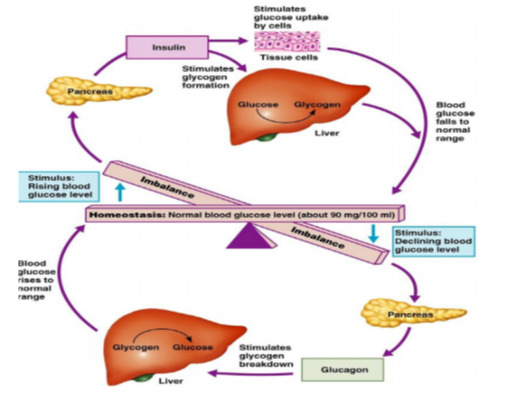
Positive Feedback
Output exaggerates original stimulus
“Stepping on the gas”
Ex. Blood clot regulation
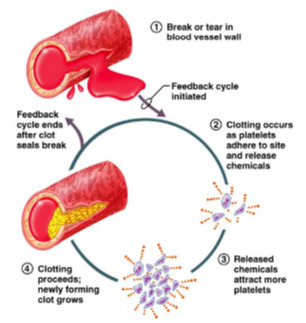
Homeostatic Imbalance
Disturbance of homeostasis or body’s normal equilibrium
Overwhelming usual negative feedback allows destructive positive feedback to take over
Anatomic Position
Body erect
Feet slightly apart
Palms facing forward
Thumbs away from the body
Anatomical Variability
Humans vary slightly in both external and internal anatomy
Over 90% of anatomical structures match textbook description, but:
Nerves or blood vessels may be out of place
Small muscles may be missing
Extreme anatomical variations are seldom seen
Not compatible with life
Body Cavities
Dorsal cavity: protects nervous system and is divided into 2 parts
Cranial cavity: with skull, encases brain
Vertebral cavity: runs within vertebral column; encases spinal cord
Ventral cavity: houses internal organs (viscera), divided into two parts:
Thoracic Cavity:
Pleural cavities: each houses a lung
Mediastinum: contains pericardial cavity; surrounds remaining thoracic organs
Pericardium: encloses heart
Abdominopelvic Cavity: separated from thoracic cavity by diaphragm
Abdominal cavity: spleen, liver, stomach, intestines, etc.
Pelvic cavity: within pelvis, bladder, reproductive organs, and rectum
**An organ can be in multiple cavities


Ventral Body Cavity Membranes
Double layer of protection with fluid filled cavity
Parietal serosa: lines internal body walls
Visceral serosa: covers internal organs
Serous fluid: separates serosae
**Friction lowers, saves energy
Memory
Memory: storage and retrieval of info
3 Principles:
Storage: occurs in stages, continually changing
Processing: accomplished by hippocampus and surrounding structures
Memory traces: chemical or structural changes that encode memory
**Changes to neuron when memory is made
Stages of Memory
Short term memory (STM): working memory, a fleeting memory of the events that continually happen
Lasts seconds to hours
7-8 pieces of info
Long term memory (LTM): limitless capacity
Factors that affect transfer of memory from STM to LTM include:
Emotional state: we learn best when we are alert, motivated, and aroused
Rehearsal: repeating material enhances memory
Association: associating new info with old memories

152 notes
·
View notes
Photo

|| Close up of some of my muscle flash cards as requested by anon ||
1K notes
·
View notes
Photo

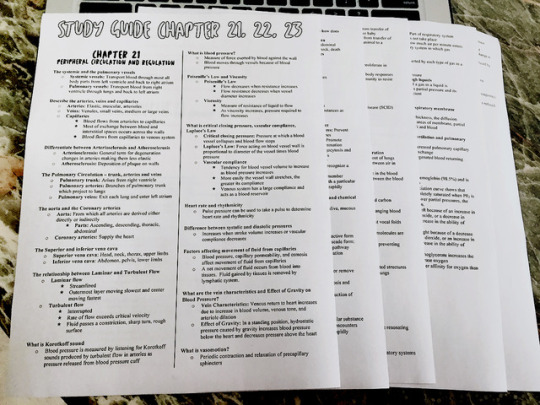
03|09|17 - 1:50PM
5 pages of Anatomy and Physiology study guide completed for today’s review in class and my midterm after spring break. four tests right after is going to kill me, especially with three tests on monday…
by the way, on a random note, Criminal Minds is an awesome show!
223 notes
·
View notes
